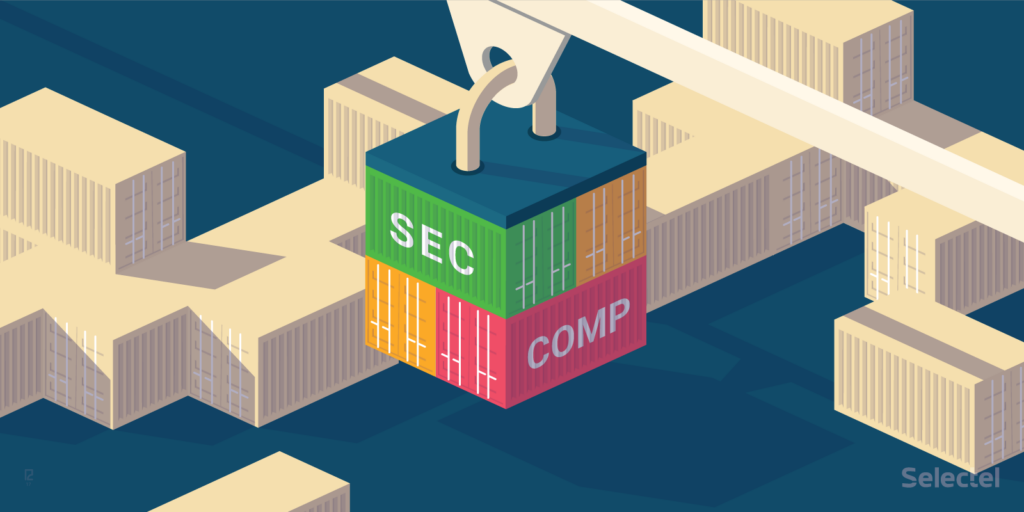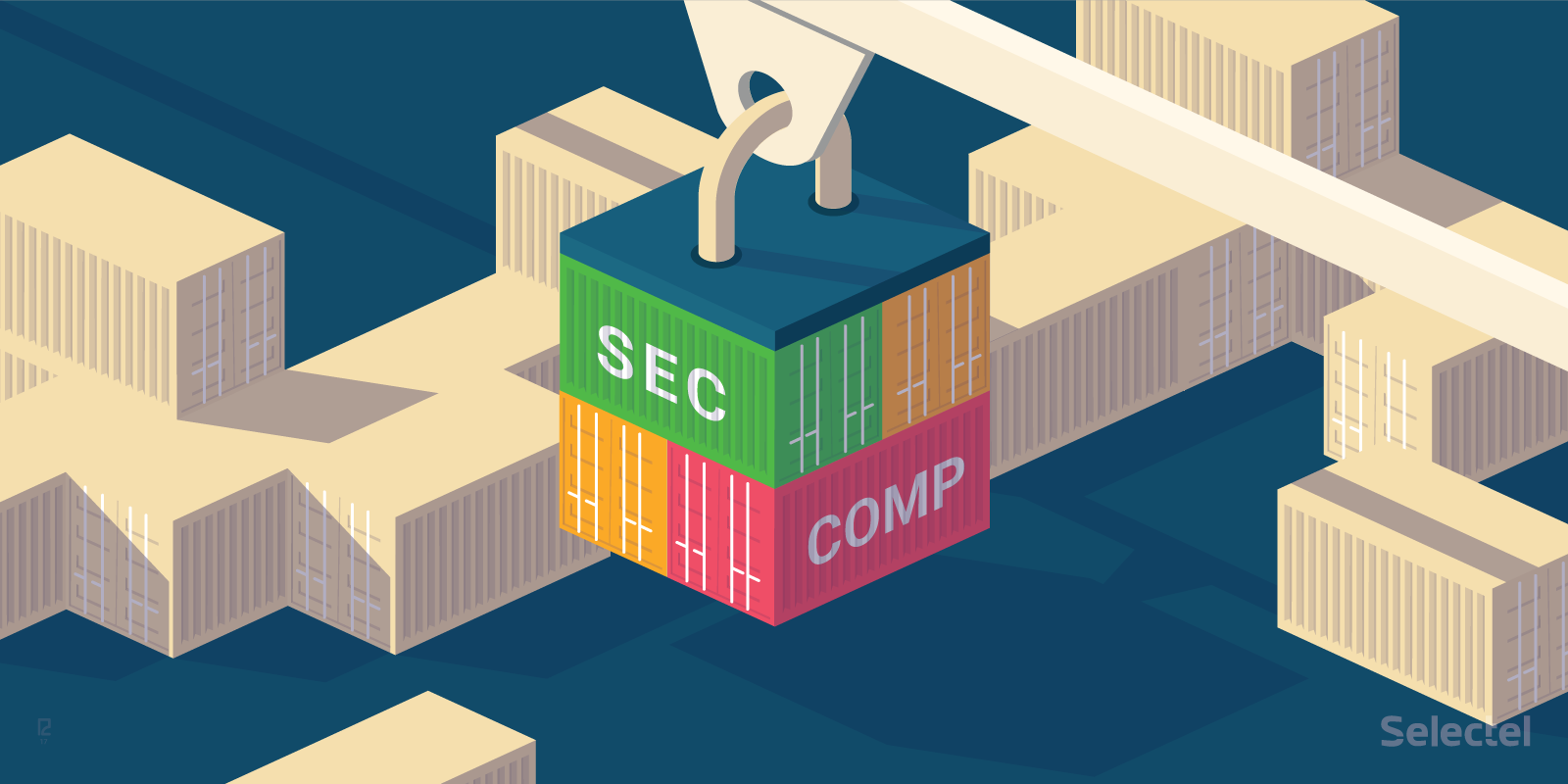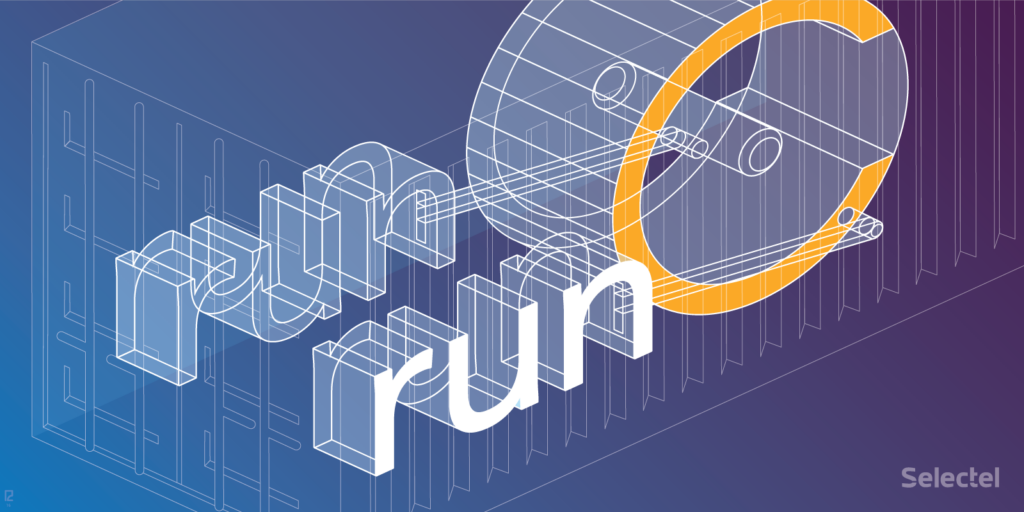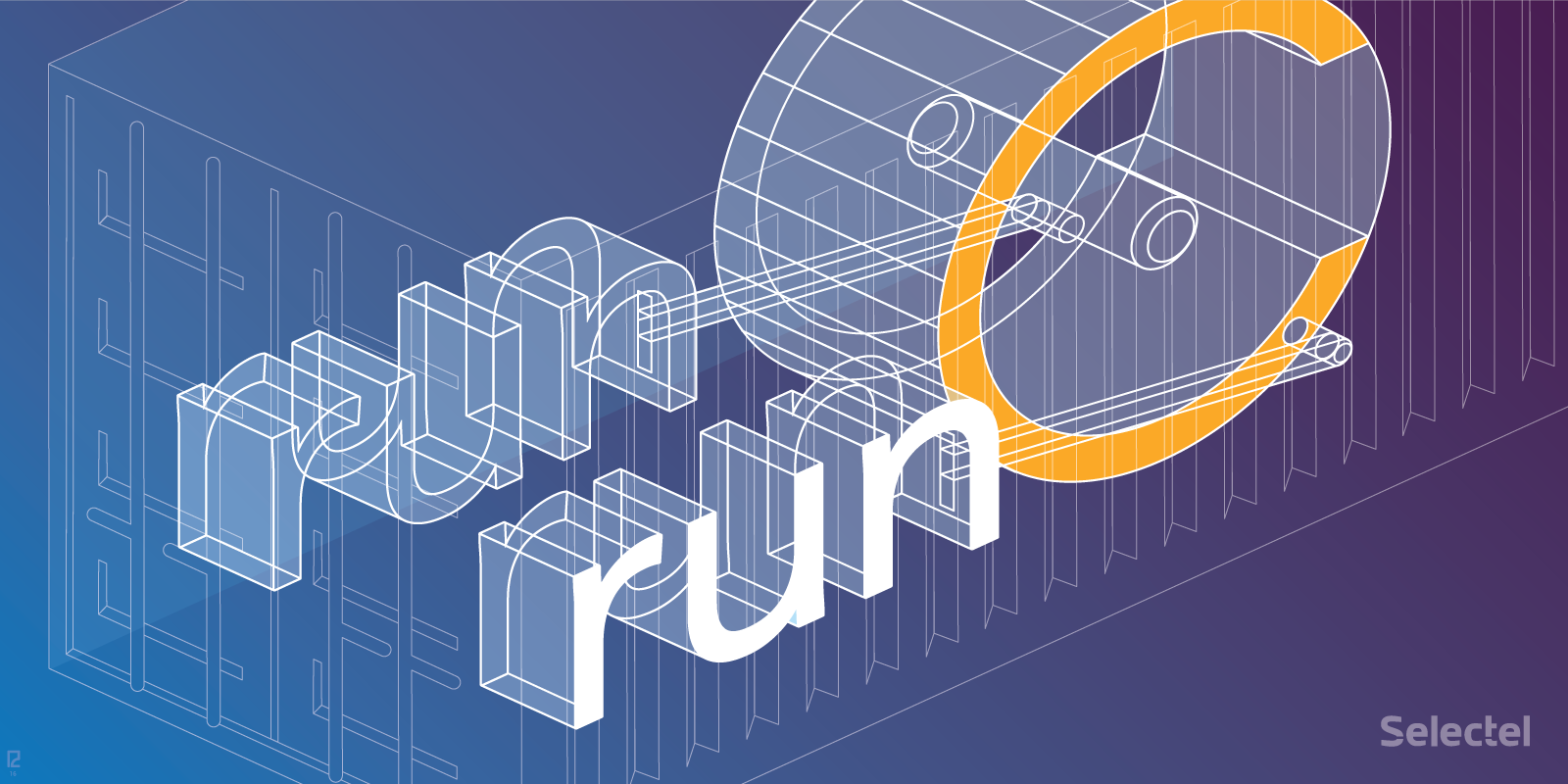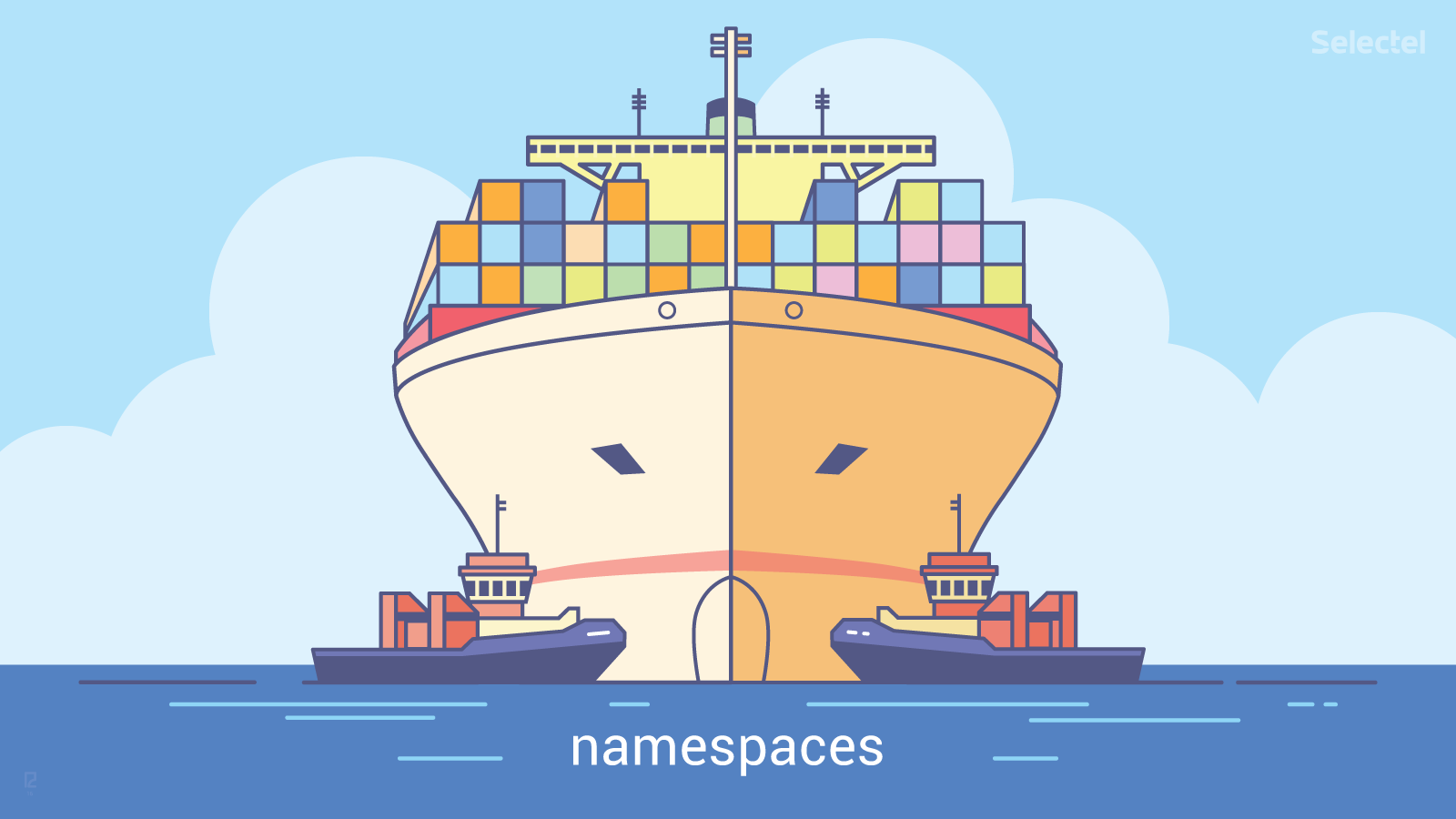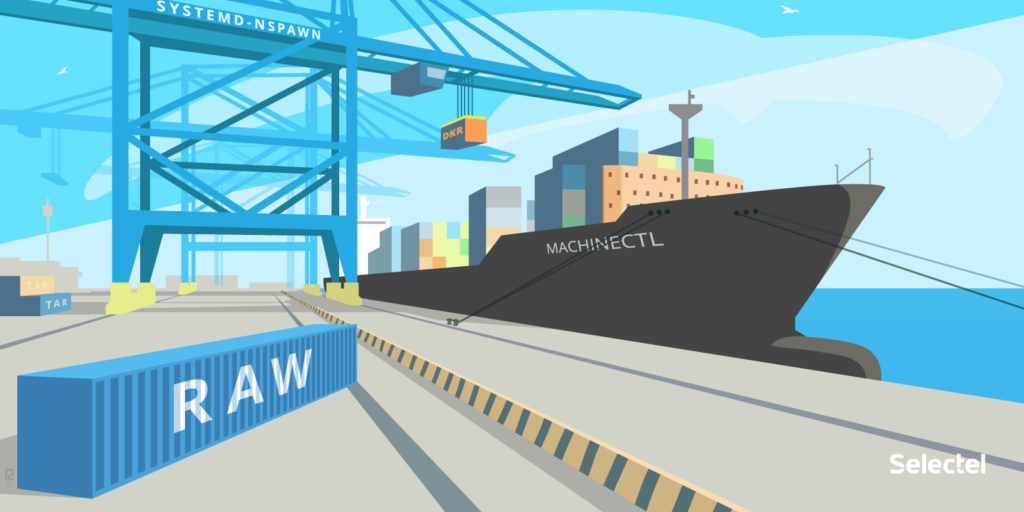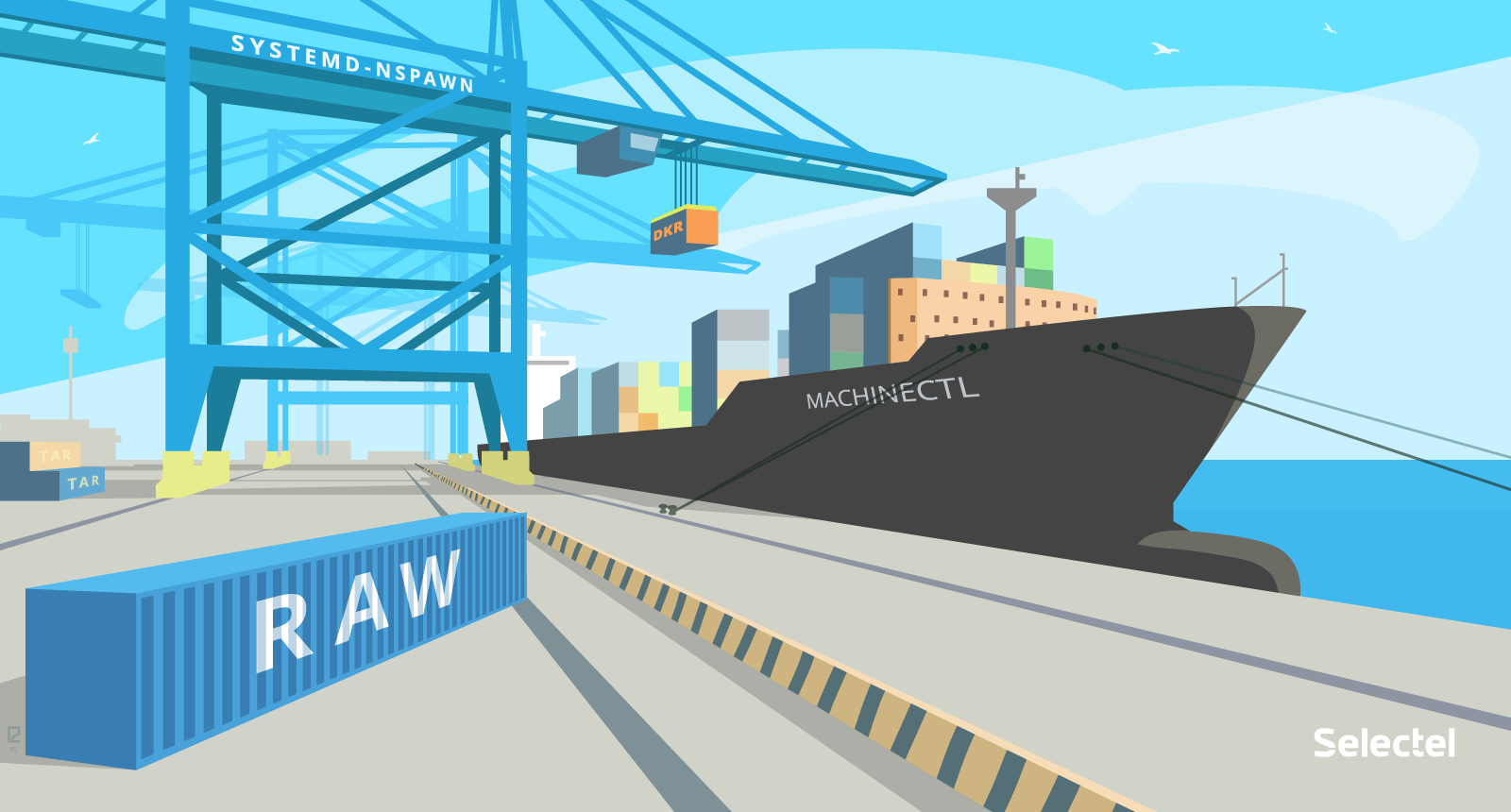 The 11th annual HighLoad++ conference was held from November 7-8 at the Skolkovo Innovation Center. This year, the conference saw 2 700 people in attendance—200 more than last year! Today we’ll be reporting on the highlights and presentations that our team from Selectel saw. Read more
The 11th annual HighLoad++ conference was held from November 7-8 at the Skolkovo Innovation Center. This year, the conference saw 2 700 people in attendance—200 more than last year! Today we’ll be reporting on the highlights and presentations that our team from Selectel saw. Read more

